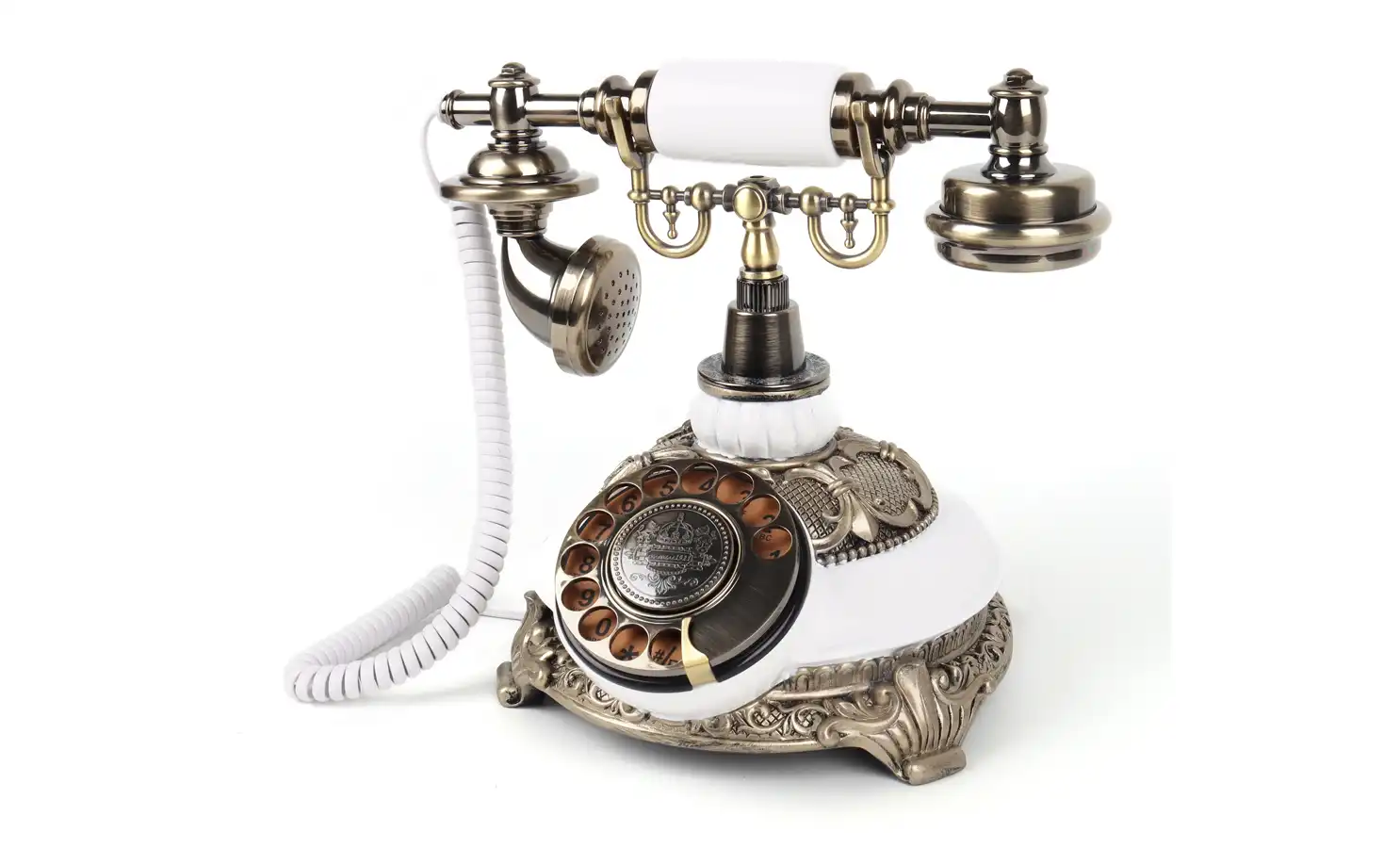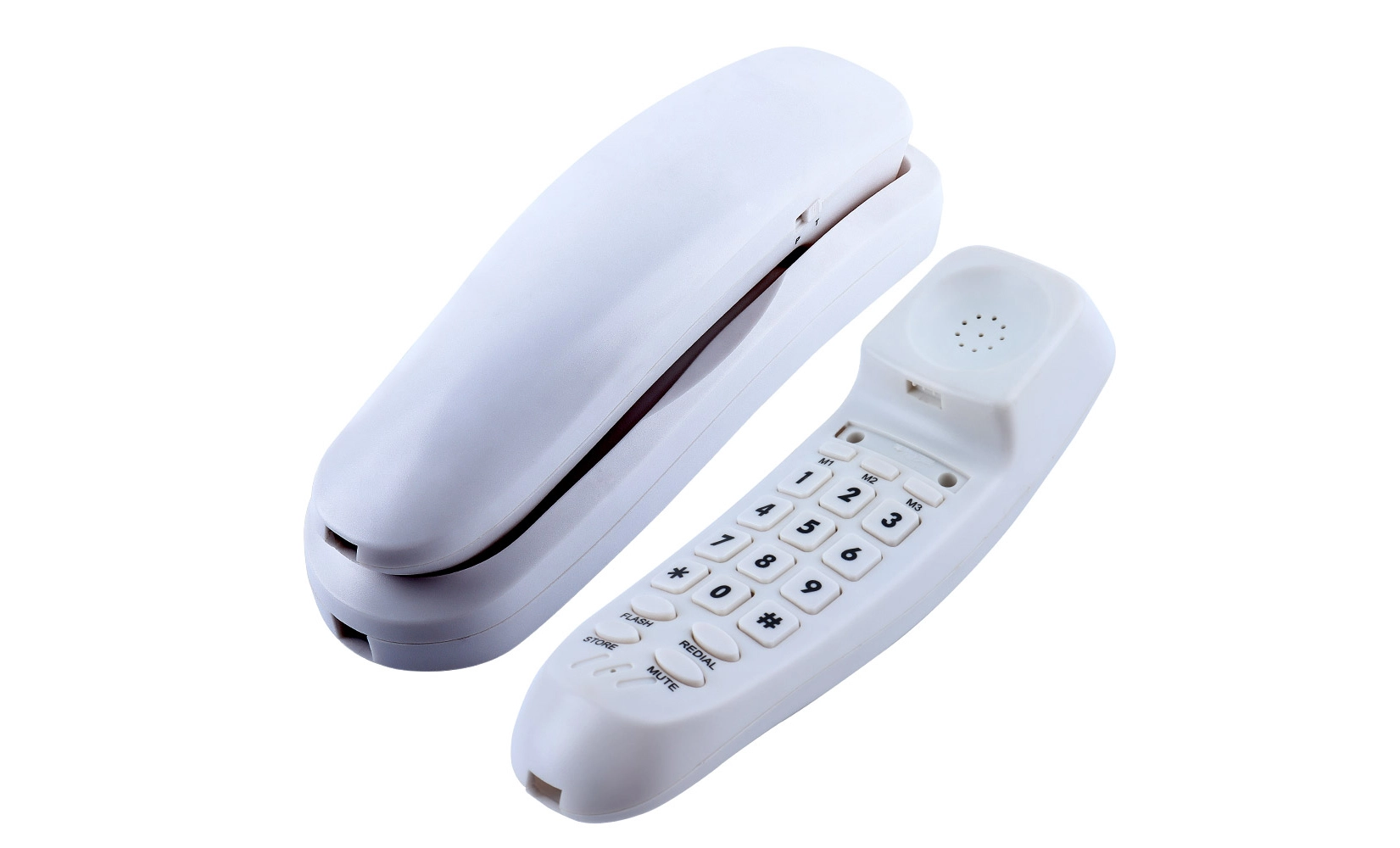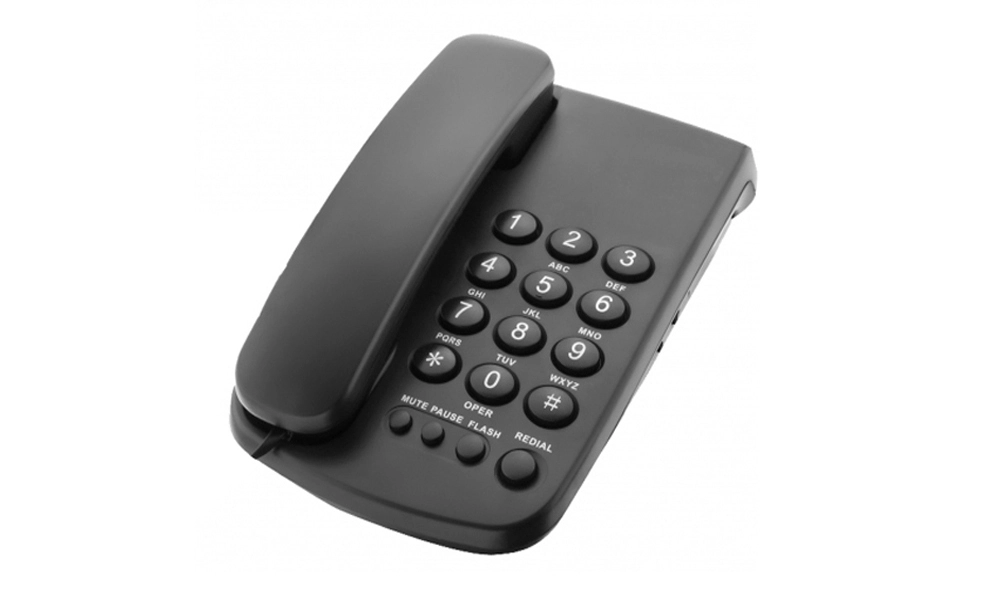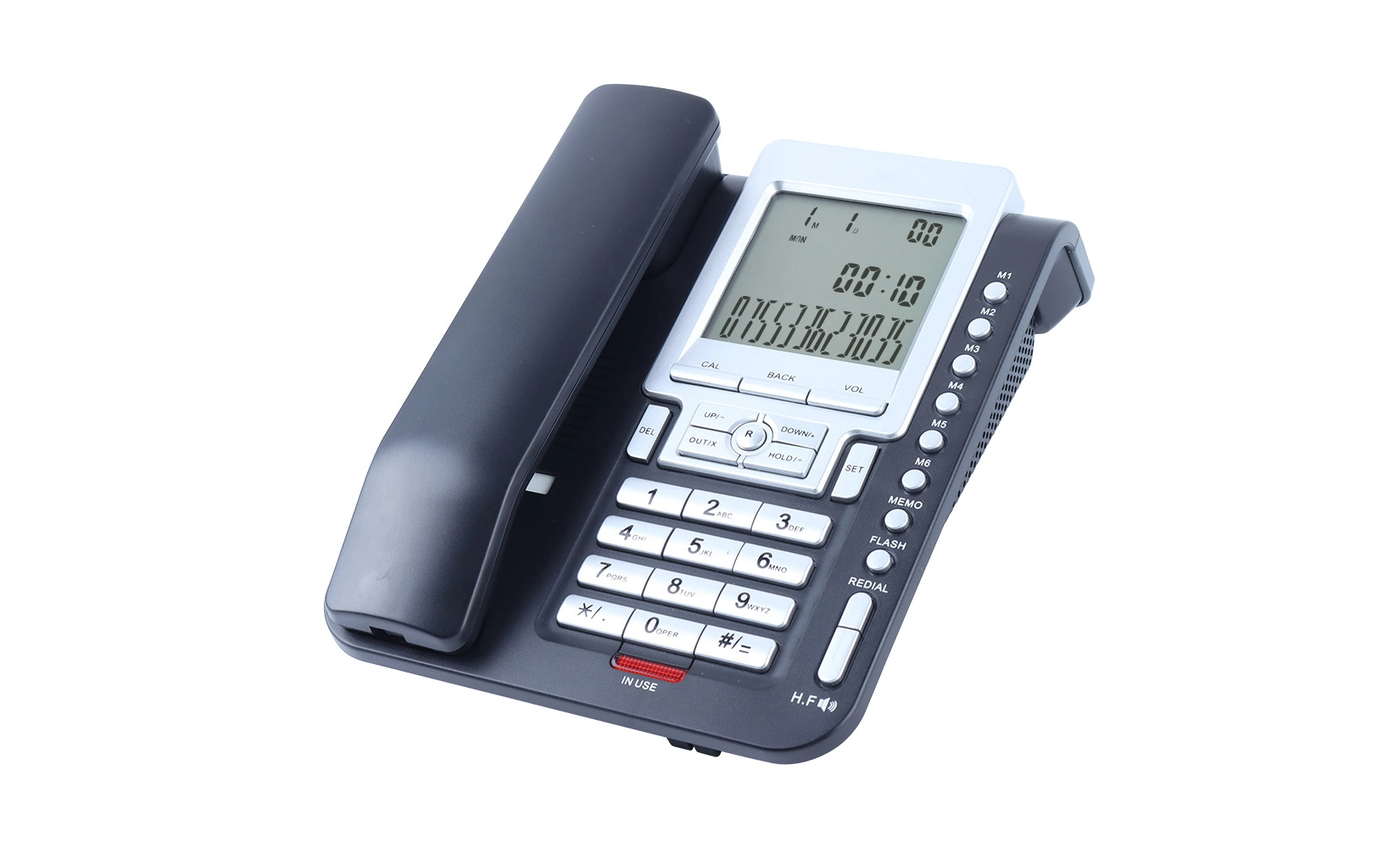The Art of Selecting Authentic Antique Telephone Props
Decoding Historical Accuracy in Telephone Design
Selecting an authentic antique telephone prop requires a discerning eye for historical details. The evolution of telephone design throughout the 20th century offers a rich tapestry of styles, each emblematic of its era. From the ornate brass and wood models of the early 1900s to the sleek Bakelite designs of the 1950s, each period boasts distinctive characteristics.
When evaluating a potential prop, scrutinize elements such as the shape of the handset, the configuration of the dial or keypad, and the overall silhouette of the base. These features can pinpoint the exact decade a telephone represents. For instance, candlestick phones with separate mouthpieces and receivers were prevalent in the 1910s and 1920s, while rotary dial models became ubiquitous from the 1930s onward.
Materials play a crucial role in authenticating an antique telephone. Early models often incorporated brass, wood, and Bakelite, while later designs might feature molded plastic or chrome accents. The texture and patina of these materials can significantly impact the prop's believability on screen. A well-chosen antique telephone prop can transport viewers to a specific moment in history, enhancing the film's immersive quality.
Assessing Functionality for On-Set Performance
While visual authenticity is paramount, the functionality of an antique telephone prop can elevate a film scene from good to extraordinary. A working dial or keypad allows actors to interact naturally with the prop, lending credibility to their performance. The satisfying click of a rotary dial or the gentle bell ring of an incoming call can add layers of auditory richness to a scene.
However, integrating functional elements into antique props presents unique challenges. Original wiring may be frayed or outdated, posing safety risks on set. Purchasers should consider props that have been carefully refurbished to modern standards while maintaining their vintage aesthetics. This might involve replacing internal components with contemporary counterparts that mimic original sounds and movements.
It's also worth noting that not all scenes require fully operational props. In some cases, a non-functional antique telephone with impeccable visual authenticity might be preferable, especially for background set dressing or scenes where the phone isn't directly interacted with. Balancing functionality with visual accuracy depends on the specific needs of each production.
Durability and Maintenance of Vintage Telephone Props
Ensuring Longevity in High-Stress Film Environments
The rigors of a film set can be particularly taxing on delicate antique props. Vintage telephones, with their intricate mechanisms and often fragile materials, require special consideration to withstand multiple takes, transportation between locations, and handling by various crew members.
When selecting antique telephone props, prioritize models constructed from robust materials like metal or high-quality Bakelite. These materials are more likely to endure accidental drops or rough handling. Avoid props with hairline cracks, loose components, or signs of previous repairs, as these may deteriorate further under stress.
Consider investing in custom protective cases for transporting valuable antique telephone props between locations. These cases, lined with foam cut to the exact shape of the prop, can prevent damage from vibrations and impacts during transit. Additionally, designate a specific crew member to oversee the care and handling of these props, ensuring they're treated with the necessary delicacy between takes.
Preservation Techniques for Antique Telephone Props
Maintaining the condition of antique telephone props extends their usability across multiple productions and preserves their value. Implement a regular cleaning regimen using appropriate materials for each prop's composition. For metal components, a gentle polish can restore luster without damaging patina. Bakelite and early plastic parts benefit from specialized cleaning solutions that remove grime without causing discoloration or degradation.
Climate control is crucial for preserving antique telephone props. Extreme temperatures and humidity can warp wood, corrode metal, and deteriorate plastic components. Store props in a controlled environment when not in use, ideally in a space with stable temperature and humidity levels. Consider using desiccants in storage containers to absorb excess moisture.
For props with functional elements, periodic maintenance by a specialist can ensure continued operation. This might involve lubricating moving parts, replacing worn cords, or adjusting internal mechanisms. Keep detailed records of each prop's maintenance history, including any repairs or restorations, to inform future care decisions and authenticate the prop's provenance.
 Aesthetic Considerations for On-Screen Impact
Aesthetic Considerations for On-Screen Impact
Color, Finish, and Detail: Optimizing Visual Appeal
The visual impact of an antique telephone prop on screen can significantly influence a scene's atmosphere and historical authenticity. When selecting props, consider how different colors and finishes will translate under various lighting conditions. Deep, rich colors like burgundy or forest green can add warmth to a period setting, while sleek black or chrome finishes might better suit a film noir aesthetic.
Pay close attention to the level of detail visible on camera. Intricate engravings, embossed logos, or unique dial designs can provide focal points that draw the viewer's eye and reinforce the prop's authenticity. However, be wary of overly ornate designs that might distract from the actors or key elements of the scene.
The condition of the prop's finish also plays a crucial role in its on-screen presence. While some productions might benefit from pristine, showroom-condition antique telephones, others might require props with a weathered patina to convey age or frequent use. Consider the narrative context when deciding between restored and naturally aged finishes.
Integrating Antique Telephone Props into Set Design
An antique telephone prop should harmonize with the overall set design while still standing out as a focal point when required. Consider the prop's placement within the frame and how it interacts with other set elements. A bold, statement piece might serve as an anchor in a minimalist setting, while a more subdued model could complement a richly detailed period room.
Experiment with different positioning options during pre-production. An antique telephone on a prominent desk might serve as a power symbol in a business tycoon's office, while the same prop nestled in a cozy alcove could evoke a sense of intimate communication in a family home.
Don't overlook the importance of accessories in enhancing the impact of antique telephone props. Period-appropriate phone books, notepads, or even a strategically placed pen can create a lived-in feel and provide additional opportunities for actor interaction. These small details can significantly contribute to the overall authenticity and visual richness of a scene.
Conclusion
Selecting the perfect antique telephone prop for a film production is a nuanced process that balances historical accuracy, functionality, durability, and aesthetic appeal. By carefully considering each of these factors, purchasers can source props that not only look authentic on camera but also withstand the demands of a film set while enhancing the overall narrative and visual experience. The right antique telephone prop can become more than just a background object; it can serve as a powerful storytelling tool, transporting audiences to a specific time and place with its mere presence on screen.
Film-grade props with working dials and cables | CHEETA
CHEETA, a leading manufacturer of analog telephones, offers an unparalleled selection of film-grade antique telephone props. With 18+ years of expertise in OEM/ODM services, our 1,200㎡ factory equipped with 100+ skilled workers and 10 senior engineers ensures superior quality and rapid production. Our props feature authentic working dials and cables, perfect for creating immersive film experiences.
CHEETA's rigorous 11-step inspection process guarantees reliability, while our CE and RoHS compliance ensures safety on set. From European-inspired floral designs to mid-century Bakelite rotaries, our diverse collection caters to various historical periods and aesthetic preferences. For custom orders or inquiries about our film-grade antique telephone props, please contact us at allen@cheeta.com.cn.

References
1. Smith, J. (2019). The Evolution of Telephone Design: A Comprehensive Guide for Film Prop Masters. Journal of Cinema History, 42(3), 78-95.
2. Johnson, E. & Brown, T. (2020). Authenticity in Period Films: The Role of Antique Props. Cinematic Aesthetics Quarterly, 15(2), 112-130.
3. Davis, R. (2018). Preserving the Past: Maintenance and Care of Vintage Film Props. Film Production Technology, 7(4), 201-215.
4. Wilson, M. (2021). The Art of Set Dressing: Integrating Antique Telephones in Historical Dramas. Set Design Magazine, 28(1), 45-60.
5. Thompson, L. (2017). From Candlestick to Cordless: A Visual History of Telephone Props in Cinema. Film Props Collector's Digest, 9(3), 88-102.
 When sourcing
When sourcing 




